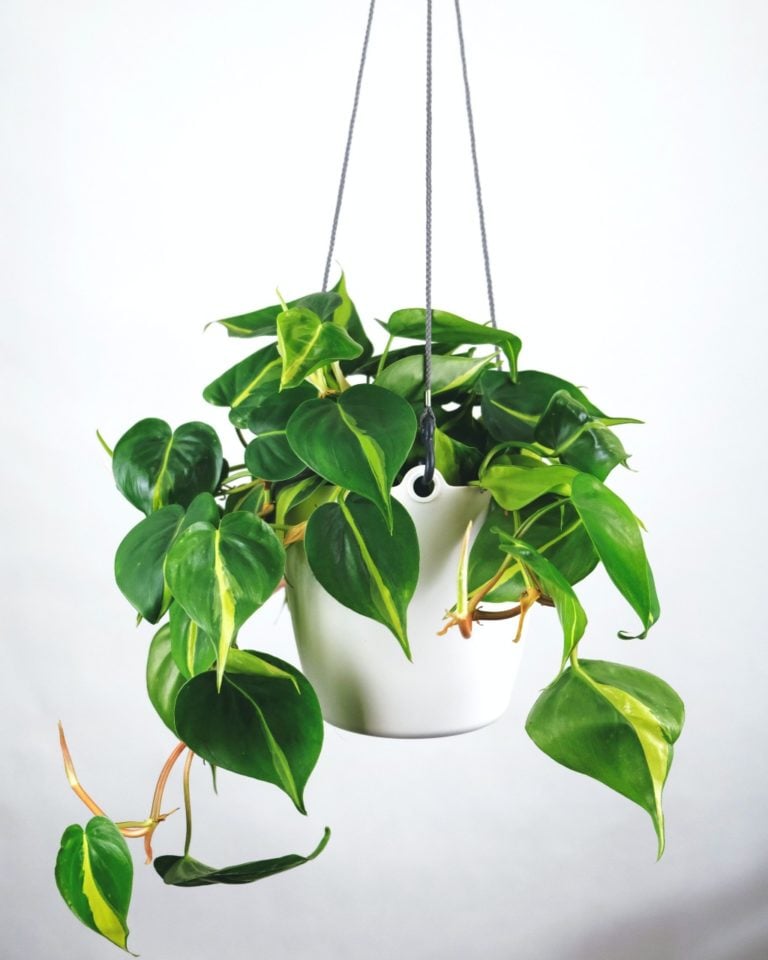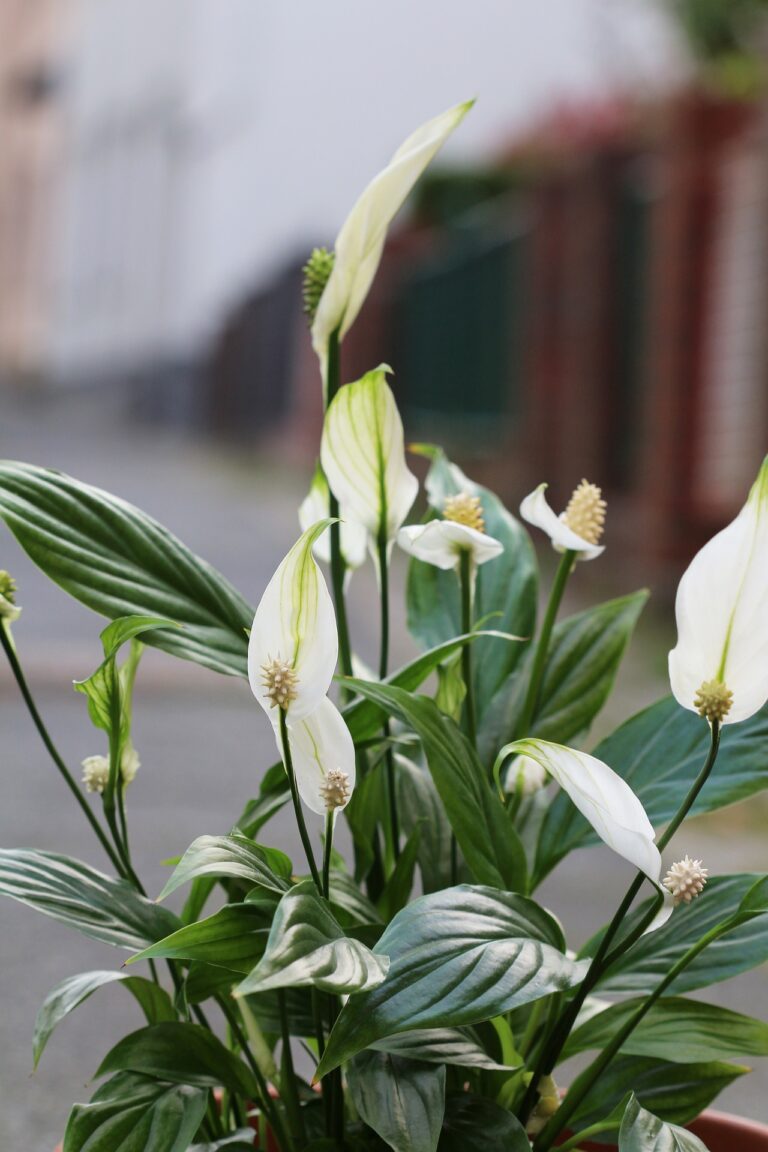Growing the Cinnamon Fern is Easy: A Quick Guide
Deciduous Cinnamon Ferns make an attractive border for woodland gardens. These tall ferns grow in swamps and mountains in the Eastern U.S. and Canada. Their green fronds may reach a span of five feet and add more shade to your garden. Cinnamon ferns grow in the wild from Maine to as far west as Texas.
The plant gets its name from the cinnamon stick color of its fruiting stalks. The plant doesn’t contain any cinnamon, but its unfurled fronds are called fiddleheads, which can be picked and cooked as vegetables.
Facts about Cinnamon Ferns
Cinnamon ferns grow in rows in areas with lots of moisture and shade. You’ve probably seen the lacy fronds of cinnamon ferns while walking near streams or bogs in a forest preserve or park.
Known by the botanical name Osmundastrum cinnamomeum, the cinnamon fern has two distinct colors – the cinnamon at the center and the green fronds of the outer plant, which give it a pleasing and contrasted appearance.
The cinnamon brown stalks in the fern’s center appear woody and dense at first, and then mint green fronds unfurl from beneath them. Cinnamon ferns have black and wiry roots that form a hardened mat in the soil. The sterile, or outer fronds, are green.
More of a wild fern than a domestic garden staple, you won’t find many cinnamon fern plants at your local nursery, but they are available. Cinnamon ferns are also available from some online stores. Some regions have laws against the removal of cinnamon ferns from the wild for commercial purposes.
Cinnamon ferns fan out from the tips of woody rhizomes. There’s different from other ferns because they have both sterile and fertile fronds. The sterile fronds still grow to be up to five feet tall.
Fronds unroll at a total span of two to four feet. The frond stems are called croziers or “fiddleheads.” Outer fronds are lacy with a rounded lance shape, and a mint to medium green color. A cluster of fronds emerges the center of the crosiers in the spring. Fronds start out upright and pale green in spring and later fan out and turn golden brown later in the season. Fronds turn yellow and die after the first autumn frost, leaving the stems to regenerate for the spring.
Caring for Cinnamon Ferns
Soil and Growing Conditions for Cinnamon Ferns
Plant ferns in an acidic to neutral soil (5.0-7.0 pH) that’s fertile and rich in humus. Keep soil balanced and moist. Cinnamon ferns grow better when planted under tall trees where they can receive filtered light. Cinnamon ferns can receive direct sunlight for up to six hours without damage.
New leaves accept lots of sunlight as the trees above them grow leaves.Plant in well-hydrated, but not water-drenched soil. Cinnamon ferns have long lives with root clumps dividing in early spring.
Small cinnamon ferns release spores at the beginning of summer under dappled sunlight when soil moisture is high. The cinnamon fern’s stems are covered with spore-releasing sporangia instead of seeds. During the winter, stems retain these spores, which either develop within a few weeks or die.
Planting and Replanting Cinnamon Fern
Divide clumps of cinnamon ferns to make new plants. You can sew new spores in potting medium, and they’ll develop into full-fledged plants in no time.
Alternately, you can plant fibrous rhizomes after dividing them into two or more plants. A rhizome is a horizontal underground stem that grows continuously and throws out lateral shoots. Cut the rhizomes apart with a sharp knife, then trim the damaged fronds.
Remove every third frond from the division to help the plant recover from root tissue loss. Replant the divisions in moist soil and water thoroughly.
Plant cinnamon ferns after the last frost of the season, placing the cuttings at six-foot intervals in your backyard.
Dig a hole that’ll encompass the fern’s roots without bending. When replanting, put the crown (the part where the roots attach to the stem) is even with the soil surface.
When propagating new cinnamon ferns, plant them at a depth of one to two inches and space the new plants 18 inches apart for best results. These ferns may adapt to any medium to wet soils and flourish. When grown in naturally wet soil, they can thrive longer in bright sun.
Plant your ferns in naturally boggy (but not waterlogged) areas, so you won’t need to water as often. The soil around ferns should always be wet. Use soil rich in organic matter to plant cinnamon ferns, and make sure to put compost in sandy or clay soils before planting.
Cinnamon Ferns in Your Garden
Place these sweeping plants in your backyard by a pond or boggy area, or as a complement to wildflowers and summer annuals. A sprawling addition to woodland gardens, they flank and accentuate tall trees. (source)
Cinnamon ferns create an alluring backdrop to shade ligularia, rodgersia, iris, lobelia and other bold perennials. Their large fronds may hide tiny flowers, so be sure to space the ferns, so they won’t overshadow forget-me-nots, marsh marigolds or other miniature bog flowers.
Other Maintenance Tips for Cinnamon Fern
Fiddleheads
The fiddleheads, the green snail-like protrusions in the middle of the cinnamon fern, eventually turn into fronds. If you pick them while they’re still in an embryonic stage, fiddleheads are edible. They’re even considered a local delicacy in some parts of Maine. They can be eaten cooked or raw, and taste like a combination of broccoli, asparagus, and artichoke.
Learn how to locate and peel fiddleheads for possible consumption from Martin Archer in the video “Cinnamon Fern” from the Martin Archer YouTube Video Channel
If you find vetch or other weeds growing at the base of your cinnamon fern during the early spring, don’t try to pull the weeds, it will disturb the fiddleheads. Give it a few months for warm weather, the vetch will disappear, and the fern will grow stronger.
Cinnamon ferns resist pests and plant diseases, even outdoors. If they get enough moisture, they’ll grow up to five high regardless of the lighting.
Read also – Taking Care of Crinum Lily or Blue Plumbago
Photo by James St. John licensed under CC-BY 2.0



